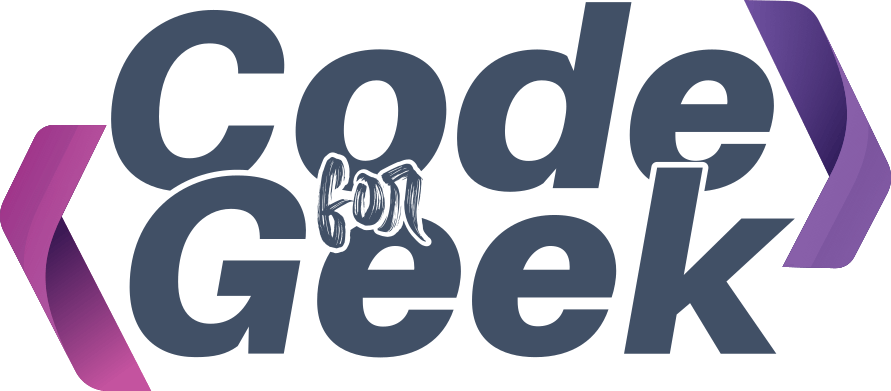Decimal to BCD Converter
Convert standard decimal numbers to Binary-Coded Decimal (BCD)
I remember thinking binary was hard until I saw BCD. Then I realized BCD was just binary with extra politeness. It spells out each digit with its own 4-bit value instead of crunching the entire number.
That is what this Decimal to BCD Converter does. It takes any regular number you type, like 123, and gives you 0001 0010 0011 instantly. That is BCD.
If you are working with digital displays, microcontrollers, or embedded systems, this tool will make your life easier.
What Is Decimal and What Is BCD?
Let us keep it simple.
- Decimal is the number system you use every day: 0 to 9
- BCD stands for Binary-Coded Decimal
- Each digit in the decimal number is separately converted to a 4-bit binary value
Here is what that looks like.
Example:
Decimal: 259
Breakdown:
2 → 0010
5 → 0101
9 → 1001
BCD Output: 0010 0101 1001
So instead of converting the full number to binary, each digit gets its own 4-bit binary block.
What This Tool Does
The Decimal to BCD Converter reads your number, splits it digit by digit, converts each digit to 4-bit binary, and displays the result.
It supports:
- Any non-negative integer
- Leading zeros
- Clean formatting with space-separated 4-bit chunks
All of it runs in your browser. Nothing is stored or sent anywhere.
Input and Output Examples
Example 1
Input: 57
Output: 0101 0111
Example 2
Input: 1234
Output: 0001 0010 0011 0100
Example 3
Input: 0009
Output: 0000 0000 0000 1001
This keeps leading zeros if needed. That can be helpful when simulating fixed-width BCD systems.
Why Use BCD Instead of Binary?
Good question. You would use BCD when:
- You want simple decoding in hardware
- You are working with 7-segment displays
- You are building digital clocks or counters
- You are writing firmware for legacy chips
- You want a 1:1 match between display digits and binary signals
In these cases, using pure binary would complicate things. BCD is a lot easier for humans and machines to understand when you need digit-level control.
How to Use (Step-by-Step)
- Type or paste your decimal number into the input box
- Click Convert to BCD
- Copy the result from the output box
- Click Clear All to try a new value
If you are working with microcontrollers, timing displays, or learning how embedded electronics work, knowing BCD is a must. It gives you visibility into how numbers are stored and shown at the hardware level. This tool makes it easy to see that instantly. You type a number, click once, and see the BCD output clearly. Fast, accurate, and frustration-free.
Common Mistakes to Avoid
- Do not type letters, symbols, or decimal points
- Do not paste negative numbers
- Do not add commas or formatting like 1,000
- Do not confuse full binary with BCD
- Do not expect floating-point support
Frequently Asked Questions (FAQs)
What is Binary-Coded Decimal (BCD)?
BCD is a format where each decimal digit is converted to a 4-bit binary number. It lets hardware systems represent numbers digit by digit.
Why do engineers use BCD?
Because it is easier to display, decode, and debug in systems like digital watches, counters, and microcontrollers.
Can I convert negative numbers?
No. This tool supports only non-negative integers.
What happens if I type decimal points or commas?
You will see an error. Only whole numbers are allowed, and formatting like commas is not supported.
Is BCD the same as binary?
No. Binary converts the whole number into one stream of bits. BCD encodes each digit individually.
Can I use this for math or logic circuits?
Yes. This format is often used in digital logic designs, especially where human-readable displays are involved.
Will it keep leading zeros?
Yes. If you enter 0001, it will output 0000 0000 0000 0001.
Can I use this tool offline?
Yes. Once the page is loaded, the tool runs fully in your browser.
Is the data sent anywhere?
No. Nothing is saved, stored, or sent externally. It is completely private.
Can I reverse the BCD result?
Yes. Use the BCD to Decimal Converter tool right after this one.
